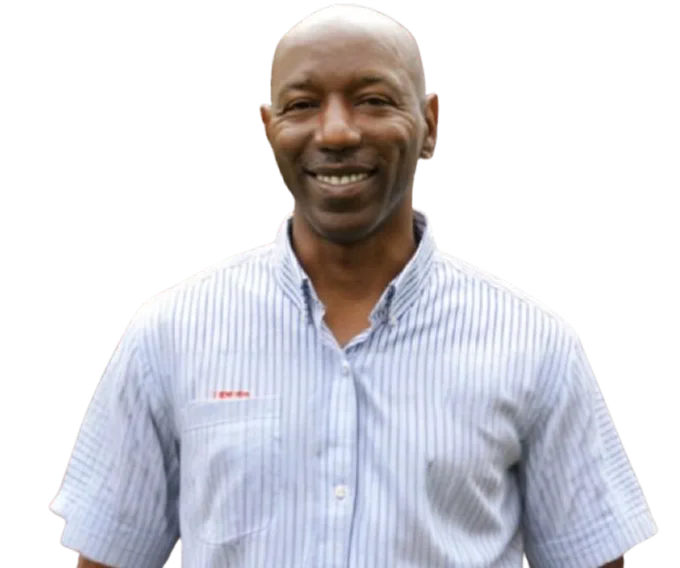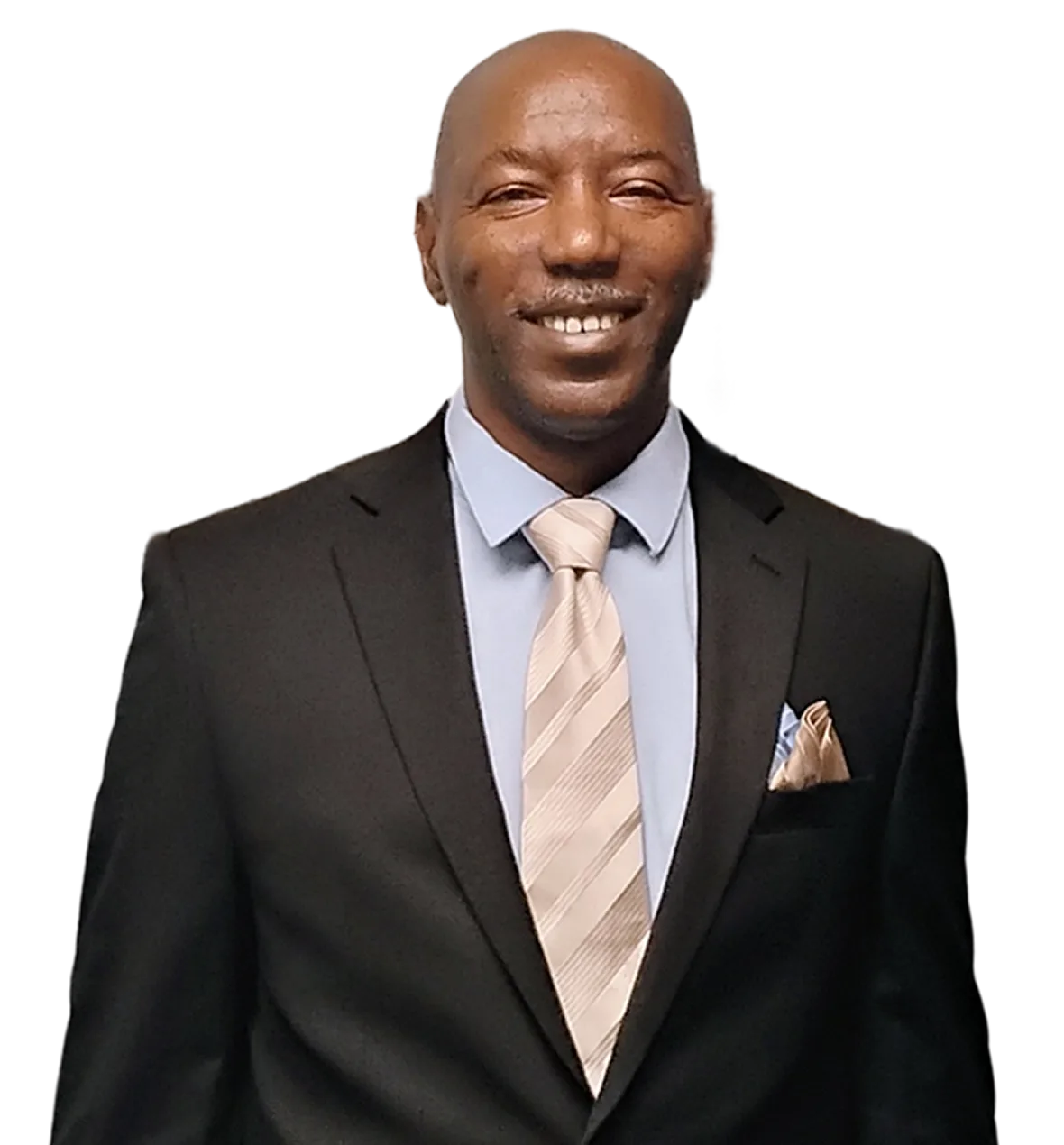Your cart is currently empty!
Break Free from Anger
Reclaim Your Life

Vincent b. Spurling
Author, couselor
A powerful guide for healing emotional wounds
and managing anger — from someone who’s been there.

Mike G.
“This book felt like a personal coach guiding me through my anger
triggers.”

What You’ll Walk
Away With
- See anger as a sign to grow, not just react
- Learn what fuels anger beneath the surface.
- Understand the difference between anger and rage.
- Express anger in healthy, freeing ways.
- Discover the power of honest emotional expression.
- Heal past wounds and unlock your true potential.
- See how anger affects your physical health
- Use anger as a helpful toolkit, not a weapon.
- Bust common myths about anger
- Explore types of anger defined by experts
149
Pages of practical content
12
Exercises to work through
10
Tools for managing triggers
Author, couselor
Vincent
Spurling
Vincent created Anger Tools after decades of struggling with his own emotional patterns rooted in childhood.
His story isn’t polished: it’s real
Through trial, healing, and honest reflection, he built the tools in this book for people like him (and maybe people like you).


anger tools
This Book Changed Lives.
It Might Change Yours.
Table of content
What’s Inside
1
Biography
2
Acknowledgments
3
Chapter One
Defining Anger
4
Chapter two
Further Perspective On Anger

5
chapter three
Anger versus Rage
6
chapter four
Cycles of Rage
7
Chapter five
Ways to Express Anger
8
Chapter six
Workbook Exercises
Stuck in Anger?
You’re not broken: you just need better tools. Start healing now.
Join the Movement
Healing takes support. Subscribe for our blog updates, free tools, and insight from Vincent.
From the Journal
Start Healing Today
One book won’t fix everything.
But it might be your first step.

Frequently Asked Questions
Can we ever forgive?
Yes, we can definitely forgive and have the power to do so. However, forgiveness is not just an act or an event. It’s a journey. It starts with facing the fact that a tragic event happened to you. It’s important that you first come to grips with what occurred and face the reality of it. This takes time. The next step is ownership and acceptance that forgiveness is necessary for you, not the other person. Forgiveness will not happen overnight. Although it is an ongoing process, you will know when you have truly forgiven someone. How? Because the incident that occurred will forever be in your memories, but they will not be attached to your emotions. At the end of this road, you will have a sense of peace while never forgetting the tragedies of what occurred.
What’s the difference between anger and rage?
Anger is a normal emotion. Like all other emotions, anger must be expressed. There are many ways to express anger. One is by simply talking to someone who you truly confide in. Rage is an abnormal emotion whereas when it is expressed, people get hurt physically or emotionally in the process. Rage forms from many years of harboring anger. For example, when you are angry at someone, you can confront the behavior in an assertive manner and in a way where the person will get the message. No one gets hurt. However, when you are enraged about previous incidents that someone did to you in the past and the incidents have never been addressed, this is what could cause feelings of rage which could lead to potentially acting out as a result the incidents never being addressed. Acting out can include yelling, screaming, and intimidating. Thes are aggressive behaviors where people get hurt.
How can I teach my children to express their anger and not harbor feelings?
Parenting can be difficult. Parents must play the balancing act when working with their children. Parents cannot give their children too much space. This will cause them to feel alone, neglected, and alienated. Many times, children think they know what to do and how to handle a crisis, but the reality is they really don’t. In moments of a crisis, they shut down and eventually act out. Therefore, interventions are necessary. On the other side of the coin, parents cannot give their children too little space. This will cause them not to experience the realities of their emotions. With the parents’ help, the child must learn how to relate to the anger they are feeling and must learn how to express their anger appropriately. This will take time.
What are some signs my child is angry?
Parents can easily detect when the child is harboring anger. Not by what they are saying, but what they are not saying. Many times, their nonverbals can be as loud as what they are trying to say verbally. Non-verbiage can include, sighing, isolation, slouching their feet. These are just a few.

Let’s talk!
"*" indicates required fields
Your information is safe with us. No spam, ever.

Vincent b. Spurling
Author, couselor
“Believe you can and you’re
halfway there.”
— Theodore Roosevelt
